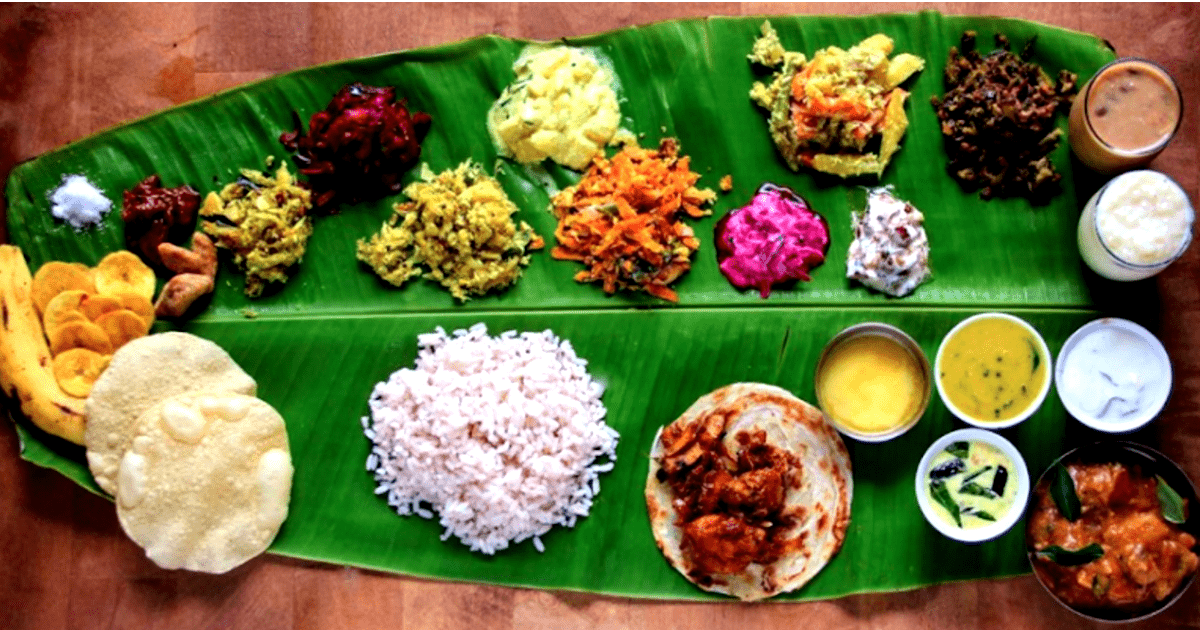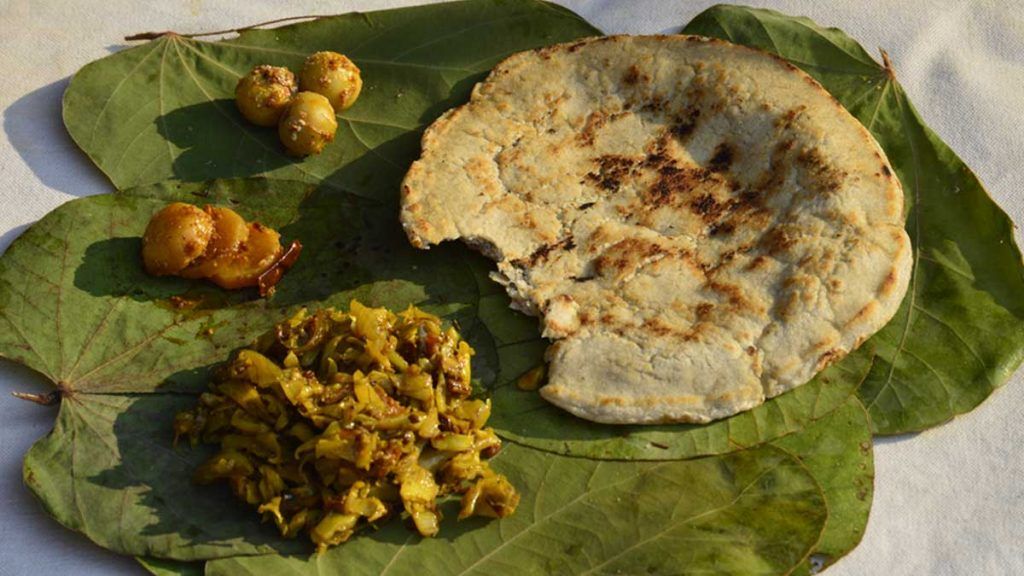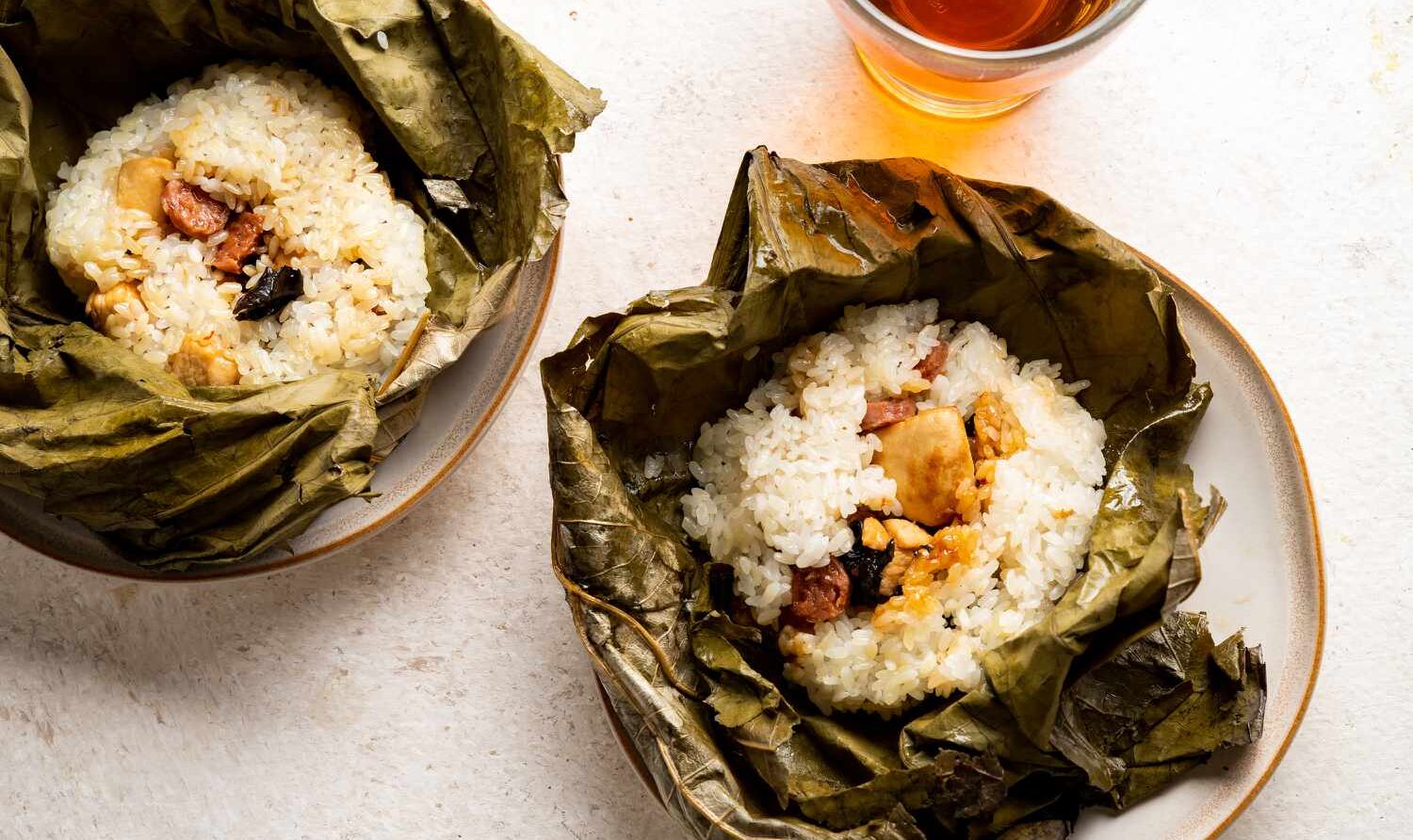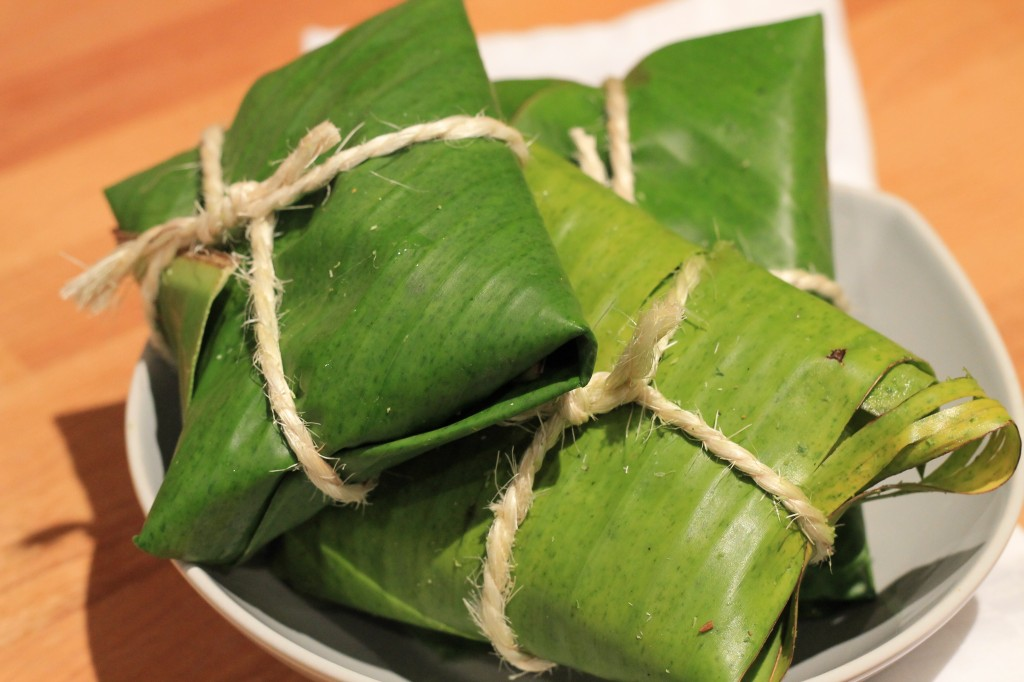In India, the rich cultural tapestry is interwoven with diverse traditions and practices, even in the realm of dining etiquette. Among these age-old customs is the use of leaves for serving food, which has been prevalent across various regions of the country for centuries. The practice of utilizing specific leaves as serving plates not only adds a touch of authenticity to the dining experience but also carries numerous health benefits. In this article, we delve into the fascinating world of five leaves commonly employed for serving food in different parts of India, unveiling their unique characteristics and the advantages they offer. From the ubiquitous banana leaf to the lesser-known treasures, let us explore the symbiotic relationship between these leaves and the culinary traditions they grace.
Natural leaves used for serving food

In ancient times, before the invention of metal utensils, people relied on eating food directly from leaves. Over time, as civilizations evolved, individuals discovered the art of crafting utensils using various metals. Such as gold, silver, copper, brass, bronze, and eventually steel. However, even amidst these advancements, the practice of eating food on leaves continued to hold significance.
Ayurveda, the ancient Indian system of medicine, has extensively elaborated on the benefits of consuming food on leaves. Throughout history, people have embraced the use of “Pattal” (leaf plates) for their health advantages and cost-effectiveness. Even today, Pattals are commonly utilized during weddings, ancestral rituals, and religious occasions.
Banana Leaf

In various regions of South India, the tradition of eating food on banana leaves continues to be upheld with great reverence. This cultural practice is deeply ingrained. Even today, many restaurants in the region faithfully serve their meals on these lush green leaves. However, it’s worth noting that the tradition of using banana leaves for dining extends beyond South India. It can be found in several other parts of the country as well. Not only does this practice hold environmental benefits, as the leaves are biodegradable and reduce the need for disposable plates, but it also offers culinary advantages.
The utilization of banana leaves as a serving medium reflects the harmonious relationship between tradition, culture, and sustainability. Embracing this eco-friendly option not only pays homage to age-old customs but also demonstrates a commitment to reducing waste and preserving the environment. Beyond its practical advantages, the banana leaf imparts a unique character to the culinary experience, adding a delightful touch to the flavors of the food it cradles. Whether in South India or other regions where this practice prevails, dining on banana leaves serves as a reminder of the timeless connections between food, nature, and cultural heritage.
Sal and Teak leaves

Sal and teak leaves are large and hard, and it is quite simple to eat in them. These are commonly seen in rural and forested locations. Its wood, which is among the most expensive woods, is used to build furniture. In the states of West Bengal, Jharkhand, and Bihar, these are frequently employed. Teak and sal both have inherent antibacterial qualities that can aid in preventing the development of dangerous microorganisms in food. Additionally, these are supposed to provide food with a mild flavor that improves the palate experience. Additionally, since Sal and Teak leaves are biodegradable and don’t contribute to plastic trash. Using them as plates is environmentally friendly.
Lotus leaf

You must have consumed a lot of lotus fruit, such as pokhara, and lotus cucumber. But are you aware of their leaves? Although the lotus flower is frequently used to honor the goddess, Lakshmi. There are places where these are utilized to serve meals. The hydrophobic and self-cleaning qualities of these are well known for helping to repel water and prevent food from adhering to the surface. They are also thought to have anti-inflammatory and antioxidant effects. Which could benefit general health. The distinct scent of the lotus leaf may also improve the dining experience.
More News







Be First to Comment